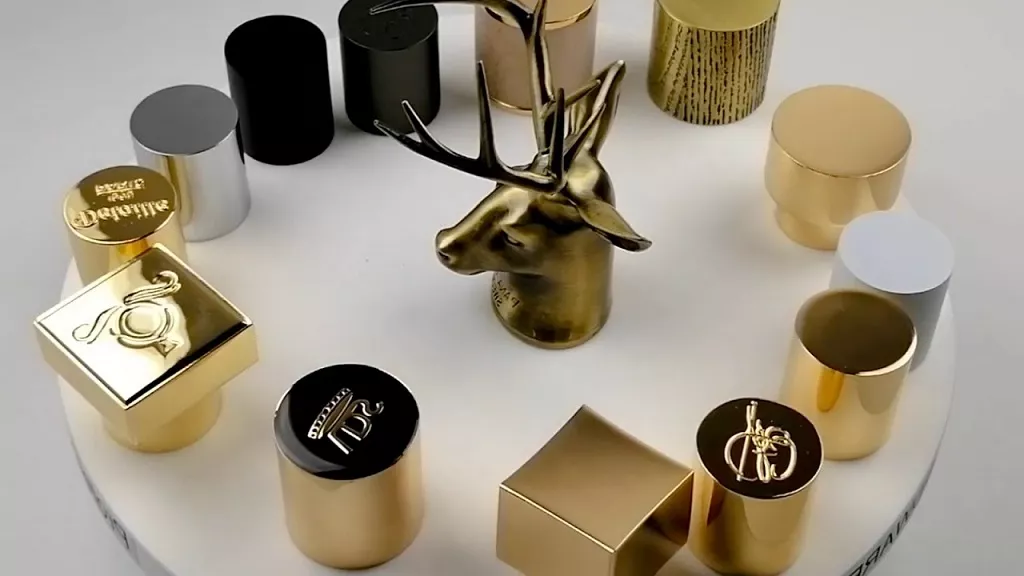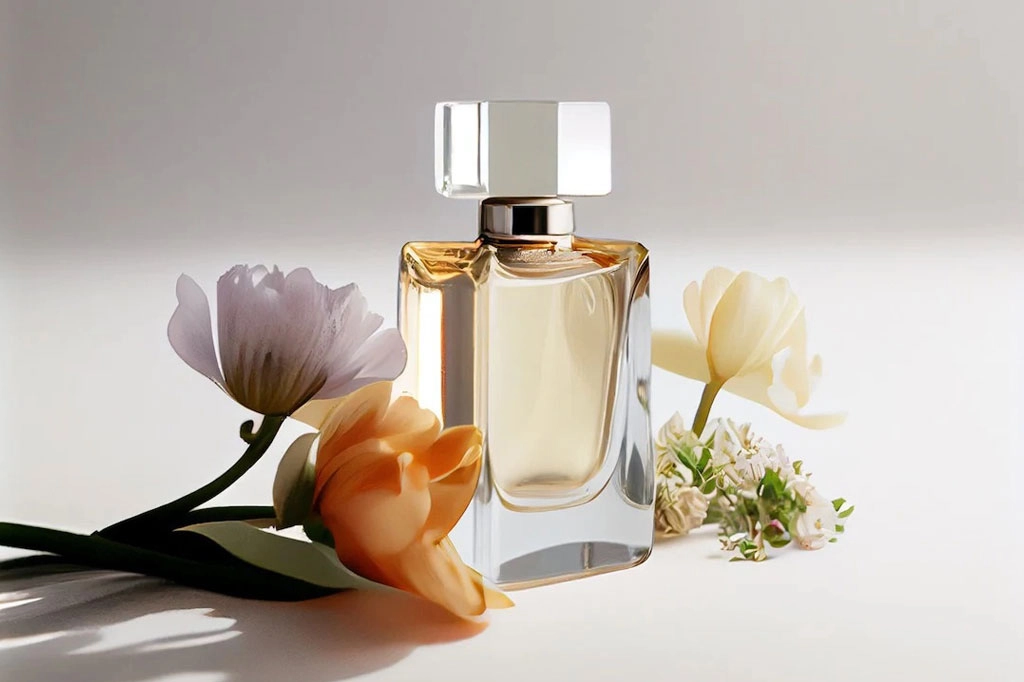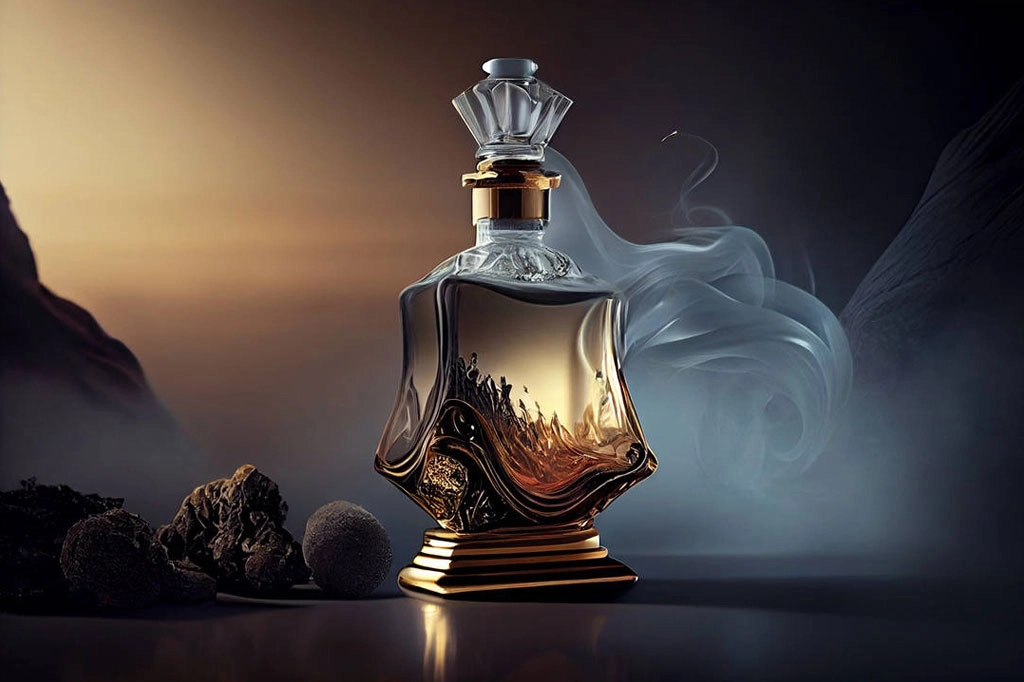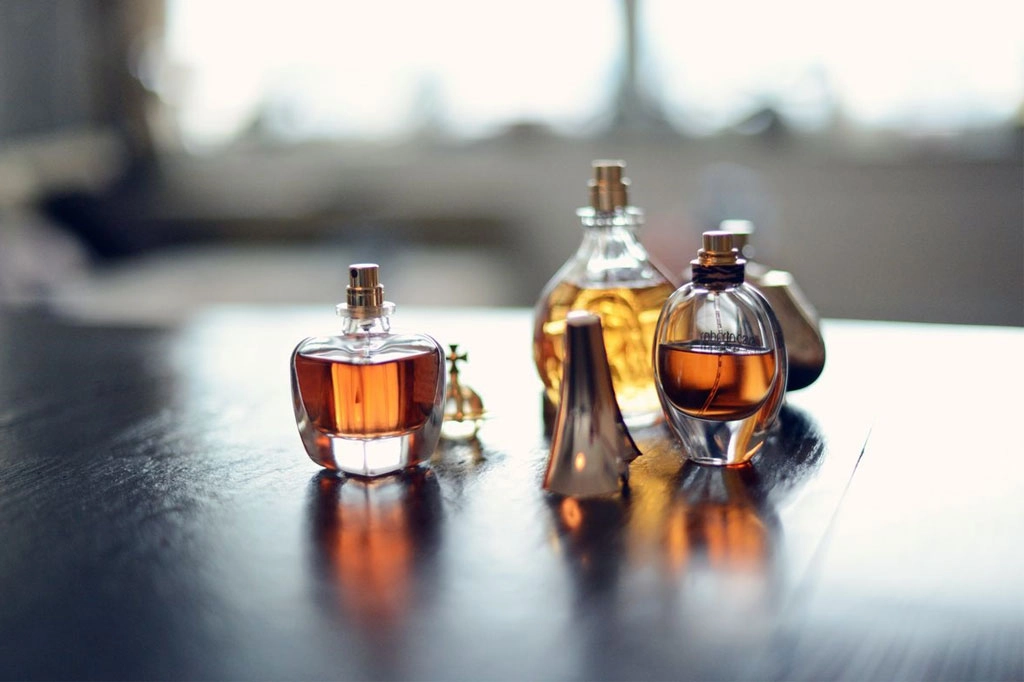The perfume industry, known for its meticulous attention to detail and dedication to the art of fragrance creation, extends its artistry to the packaging of its products. A significant component of this packaging is the perfume cap, which not only serves a functional purpose by protecting the fragrance but also plays a critical role in the aesthetic appeal of the product.
The choice of material and surface treatment for perfume caps significantly influences the overall look, feel, and perceived value of your customized perfume bottle.
In this article, we delve into the most common materials (glass, plastic, metal and wood) used for perfume caps and the surface treatments applied to each, highlighting how these elements contribute to the aesthetics and durability of the final product.
A Quick Comparison
Factor | Glass | Plastic | Metal | Wood |
Durability | High (but can shatter) | Moderate to High | High | Moderate (can degrade over time) |
Aesthetic Appeal | High (elegant look) | Variable (can be designed in various colors and shapes) | High (luxurious feel) | High (unique, natural look) |
Environmental Impact | Moderate (recyclable but energy-intensive to produce) | Low (often not recycled, can degrade into microplastics) | Moderate to High (recyclable but energy-intensive to produce) | High (biodegradable and sustainable if sourced responsibly) |
Cost | Moderate to High | Low to Moderate | High | Moderate to High (depending on wood type) |
Weight | High | Low | Moderate to High | Low to Moderate |
1. Glass Perfume Cap
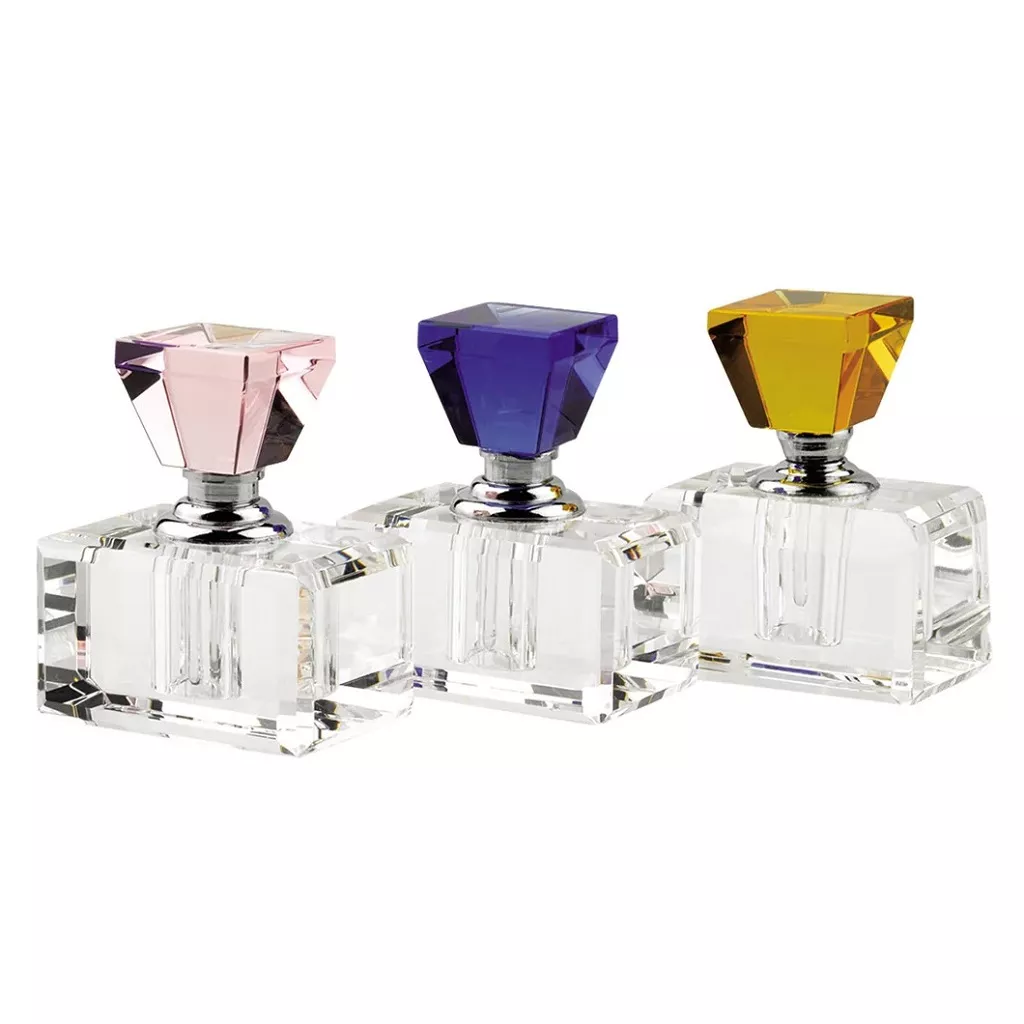
Glass is a classic choice for perfume caps, revered for its elegance and clarity. It offers a sense of purity and sophistication, allowing brands to create a seamless transition between the bottle and the cap.
Surface Treatment
- Frosting: Achieved by blasting the glass surface with sand or other abrasive materials, frosting gives the glass a translucent appearance, enhancing its tactile quality.
- Polishing: This treatment results in a smooth, reflective surface, amplifying the cap’s luxury quotient.
- Etching: Utilized to add intricate designs or logos, etching can be both decorative and brand-reinforcing.
2. Plastic Perfume Cap
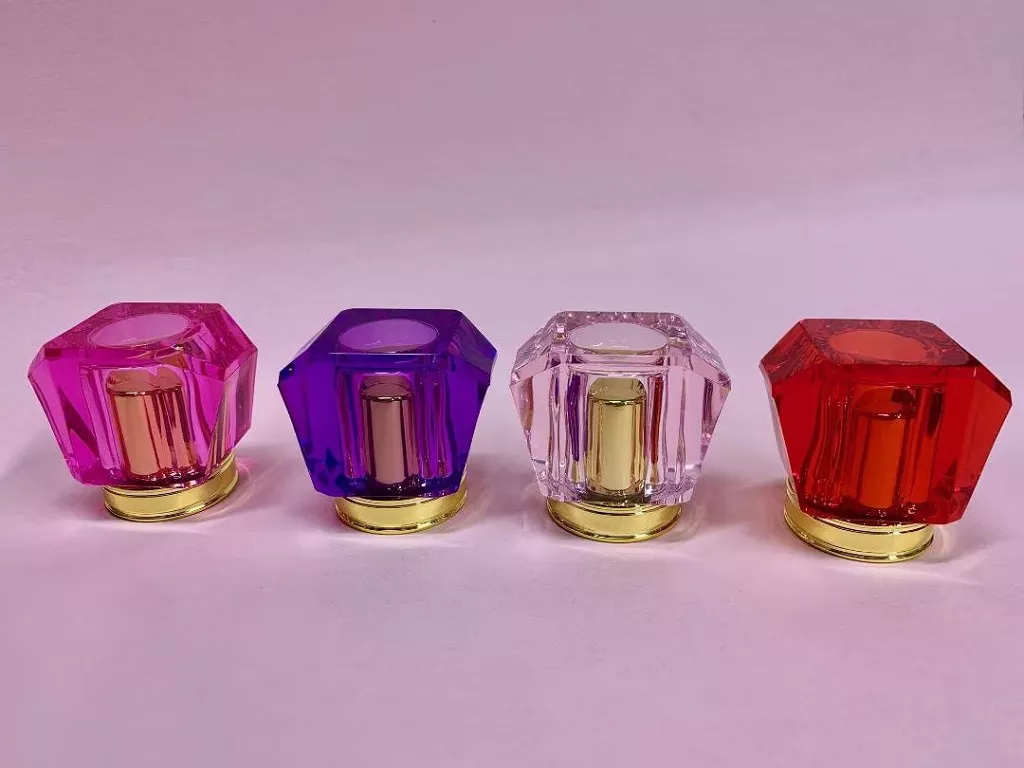
Plastic caps are versatile and cost-effective, providing a wide range of design possibilities. From high-density polyethylene (HDPE) to polypropylene (PP), the choice of plastic can vary based on the desired finish and durability.
Surface Treatment
- Electroplating: This process coats the plastic cap with a thin layer of metal, such as gold or silver, offering a metallic finish that mimics more expensive materials.
- UV Coating: Applied to enhance the cap’s durability, UV coating also imparts a glossy sheen, protecting the cap from fading.
- Soft-touch Coating: Gives the cap a matte, velvety texture, adding to the sensory experience of handling the perfume.
3. Metal Perfume Cap
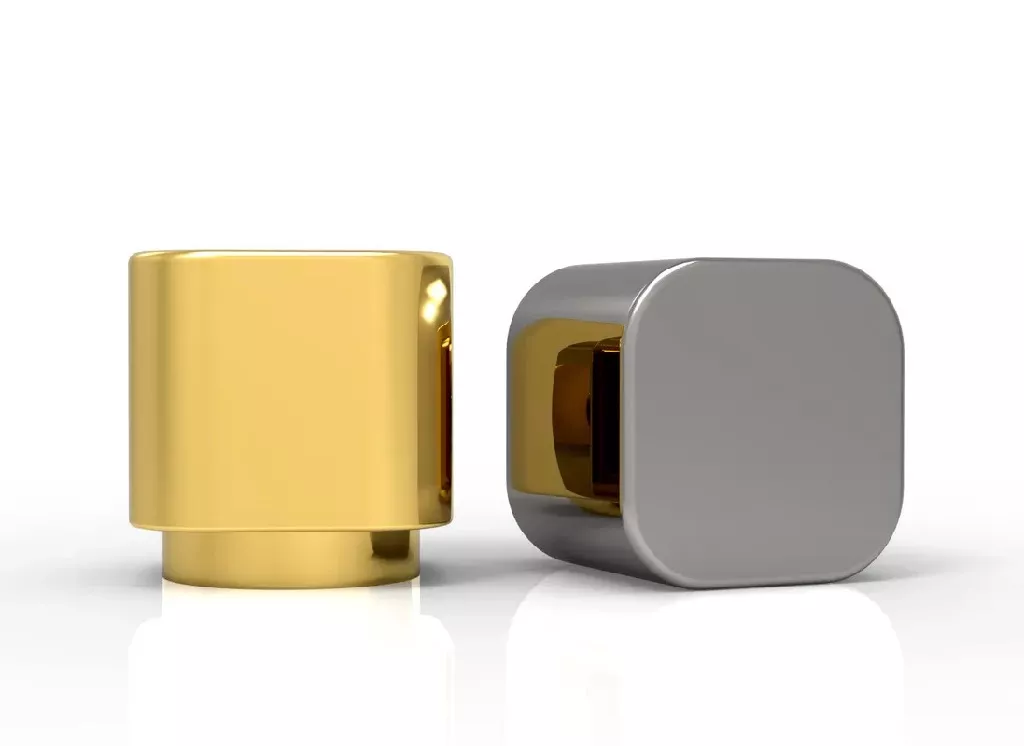
Metals such as aluminum, zinc alloy, and brass are favored for their heft and premium feel. Metal caps can be engineered to intricate designs, providing a substantial, luxurious touch to the perfume packaging.
Surface Treatment
- Anodizing: It is primarily applied to aluminum caps to boost their resistance to corrosion and enable color personalization by means of dyeing.
- Plating: Metal caps can be plated with precious metals (gold, silver, chrome) to add luster and resist tarnishing.
- Brushing: This treatment creates a textured, matte finish, adding depth and character to the cap.
4. Wood Perfume Cap
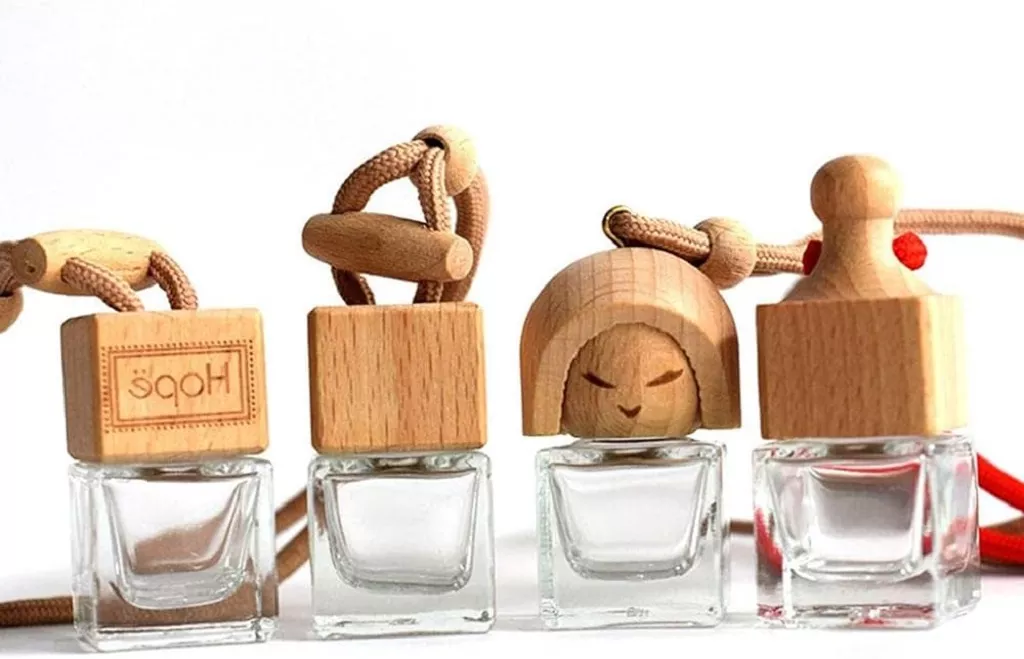
Wood caps offer an organic, warm touch to perfume packaging, connecting the fragrance with nature. They are typically made from sustainable sources, appealing to eco-conscious consumers.
Surface Treatment
- Lacquering: A clear lacquer can be applied to wood caps to enhance their natural grain, protect against moisture, and add a subtle shine.
- Staining: Wood caps can be stained in various colors to match the fragrance theme or brand identity, while still showcasing the wood’s texture.
- Carving: Custom carvings can be added for a unique, artisanal touch, making each cap a piece of art.
Conclusion
The material and surface treatment of a perfume cap plays a significant role in defining the product’s character and appeal. Whether opting for the elegance of glass, the versatility of plastic, the durability of metal, or the natural beauty of wood, the final choice impacts the consumer’s perception and experience of the perfume.

